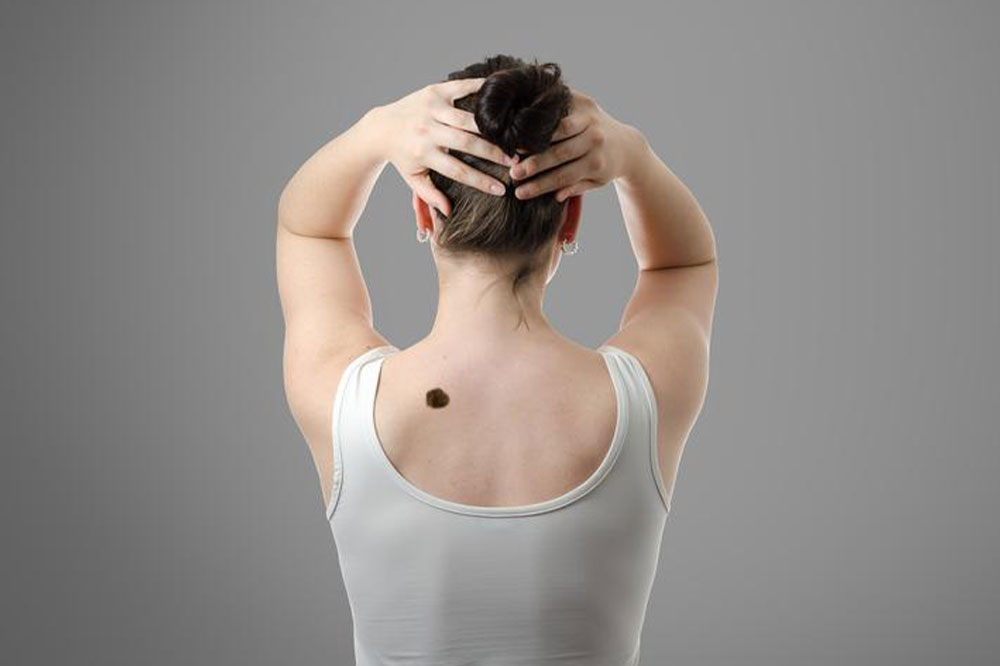
Early Signs and Stages of Skin Cancer
Skin cancer consists of squamous cell and basal cell carcinoma, and melanoma. These can be precancerous lesions, which are not cancer, but can transform into one over the course of time. Skin cancer if detected and treated early can be completely cured. Therefore, regular examination to detect any unusual skin growths, and learning about the early signs and stages of skin cancer is imperative.
Let’s know about the early signs and stages of skin cancer starting from the warning signs:
Actinic Keratosis
These are scaly small patches that occur due to exposure to too much sun. These commonly appear on hands, neck, and head. Certain doctors recommend an early treatment to prevent the condition from growing into squamous cell skin cancer.
Cutaneous Horns
These are shaped like cones that has a red base at its roots on the skin. It is made up of compacted keratin. It is mostly a few millimetres in length. The cancer type, squamous cell carcinoma gives rise to such skin growths.
Actinic Cheilitis
Also Known as farmer’s lip, this is a precancerous condition that appears on the lower lip. There is persistent roughness with scaly patches on the lips. Actinic Cheilitis have a high chance of evolving into squamous skin carcinoma if not treated on time.
Unusual Moles
Not all moles can turn into cancer only the abnormal ones do. Over time they evolve into melanoma. The “normal” ones are usually flat. Moles that have changed into cancer are blue-black, blue, red, white and pink in colour. They are larger than normal moles, and like painful lesions that may bleed, itch or burn. They often appear on face, mucous membranes that line your mouth, toes or fingertips, palms, soles, and nose.
Continuing the discussion of early signs and stages of skin cancer, let’s get to know about its stages:
Stage 0
In stage 0, the cancerous cells have not spread deep into the skin, and are only in the skin’s upper layer or the epidermis.
Stage 1
In this stage, the size of the tumour is of 2 centimeters or less, and has not yet spread to the nearby lymph nodes.
Stage 2
The size of the tumour is of 2-4 centimeters, with more risk features. And it has still not spread to the lymph nodes.
Stage 3
The size of the tumour has enlarged to more than 4 centimeters, and it has spread to nearby lymph nodes, subcutaneous tissue (the innermost, deepest layer of skin that comprises of hair follicles, nerve endings, and blood vessels), and to the bones causing minor damage.
Stage 4
In this stage, the tumours have enlarged to any size and have spread to lymph nodes larger than 3 centimeters, to the bone marrow, bones and other organs of the body.
The bottom line is early signs and stages of skin cancer can tell you if you have the disease and how far it has progressed. Accordingly, the doctor will determine the skin cancer type, stage and recommend the right treatment to you.



